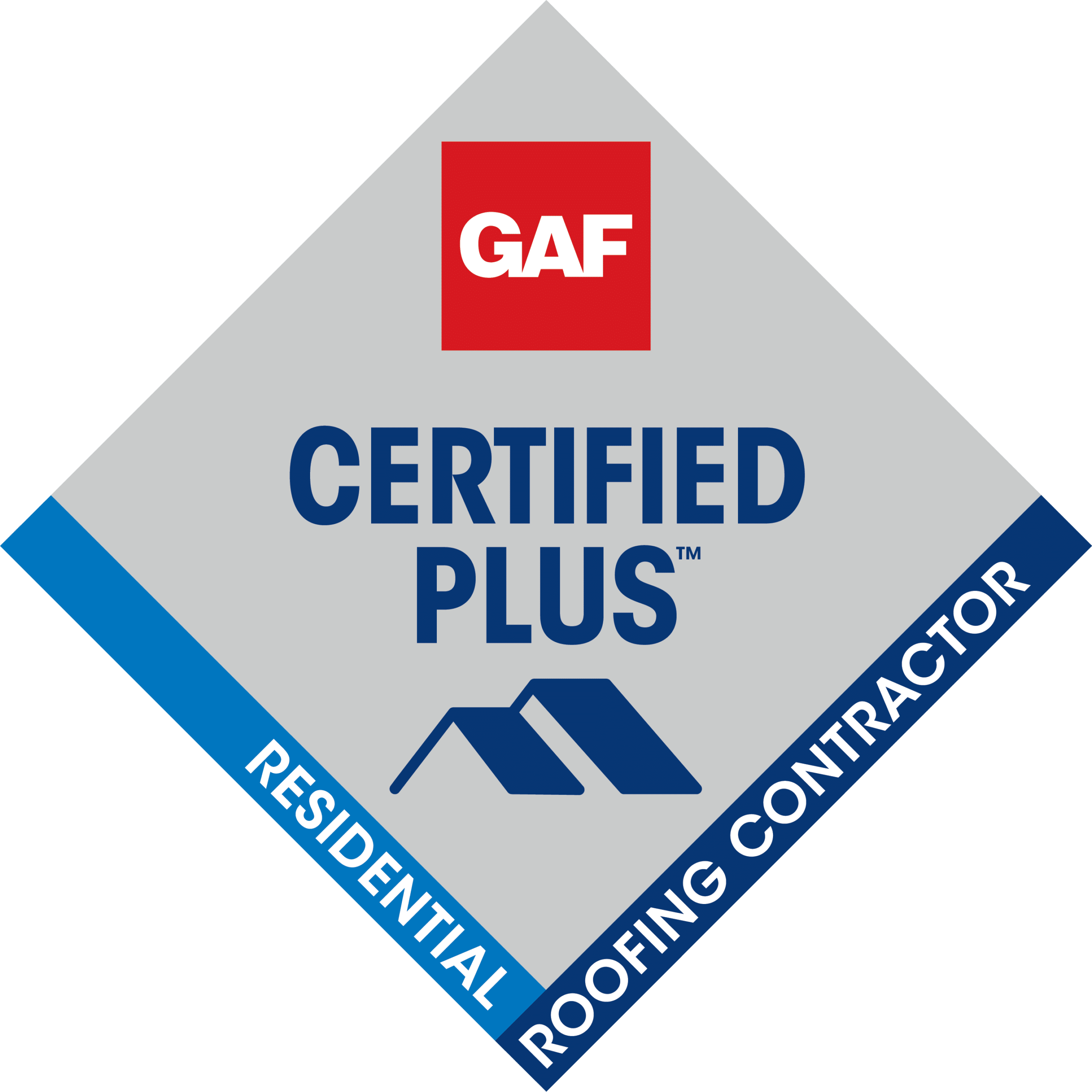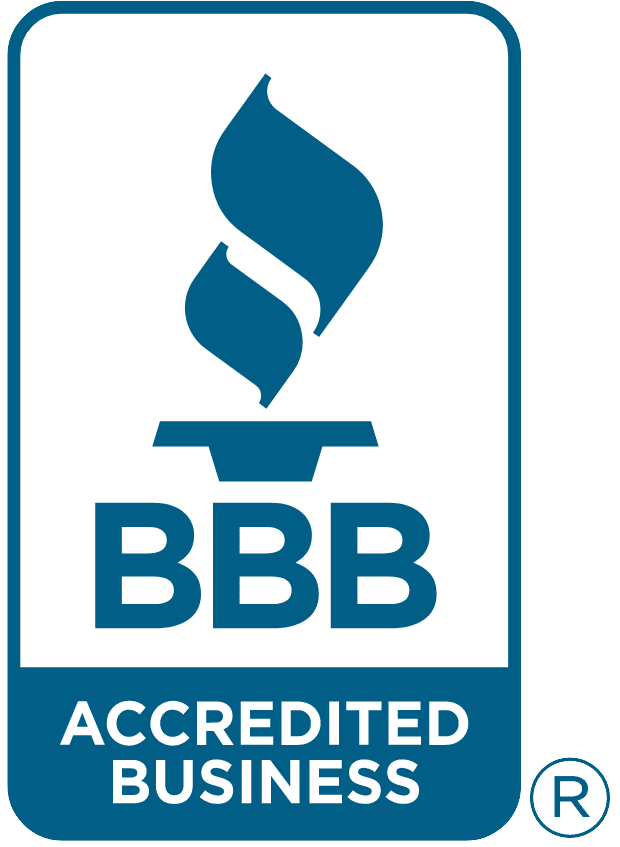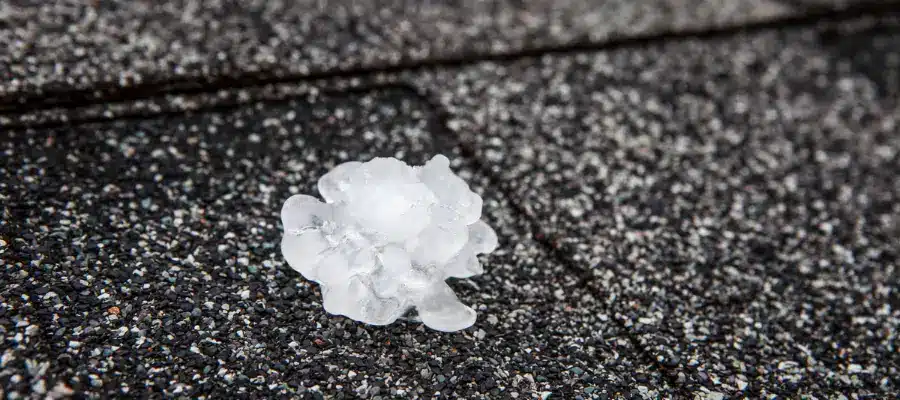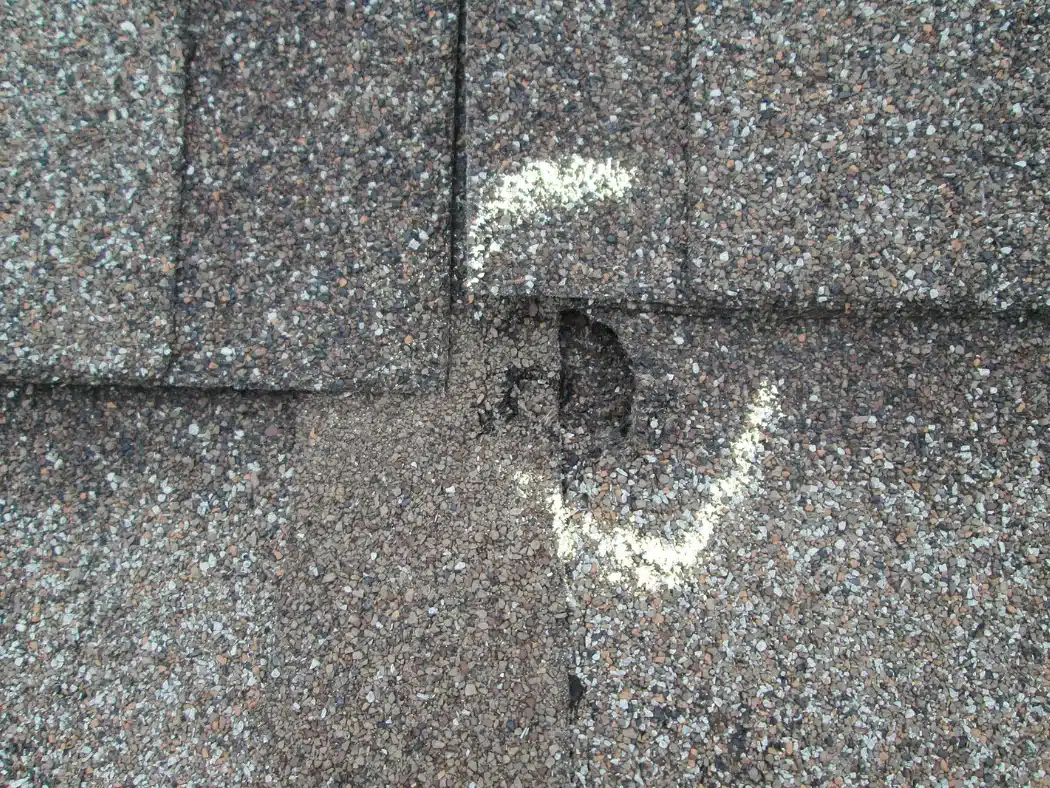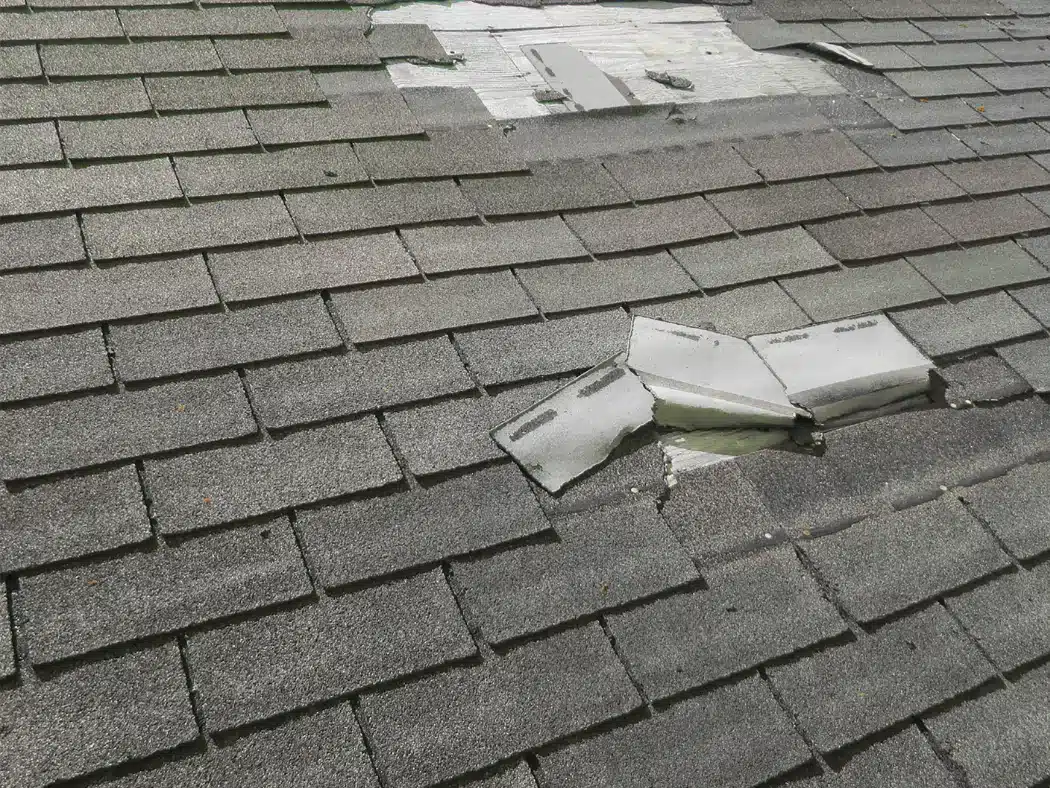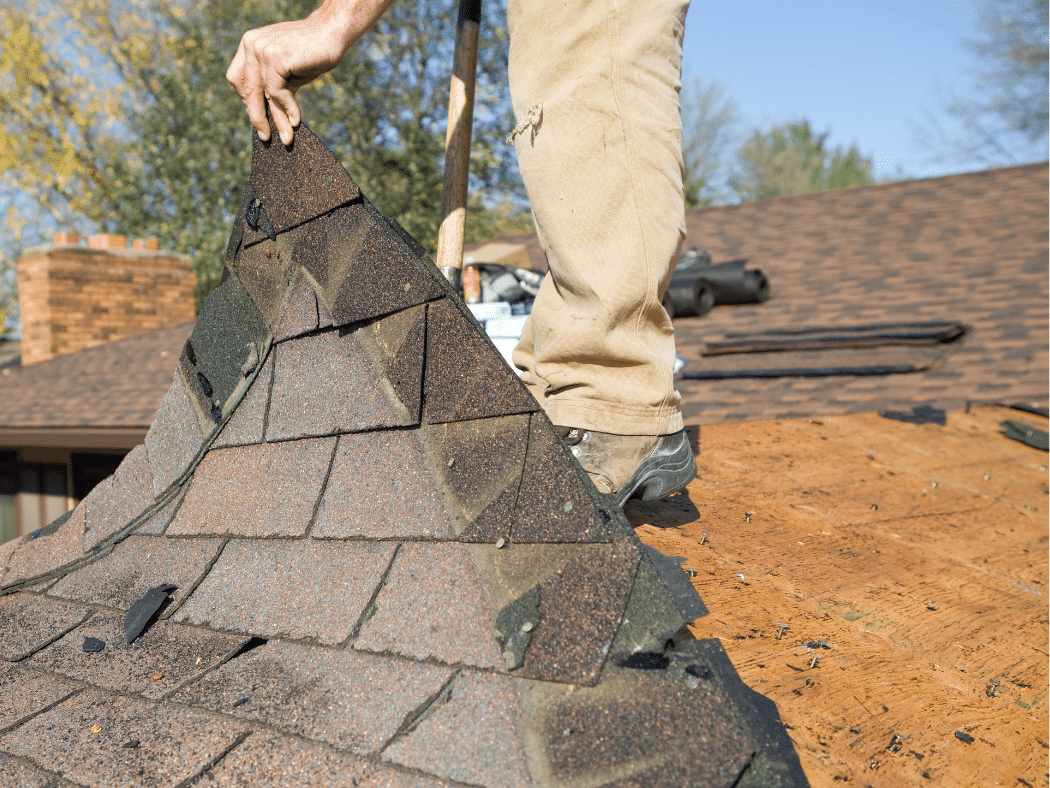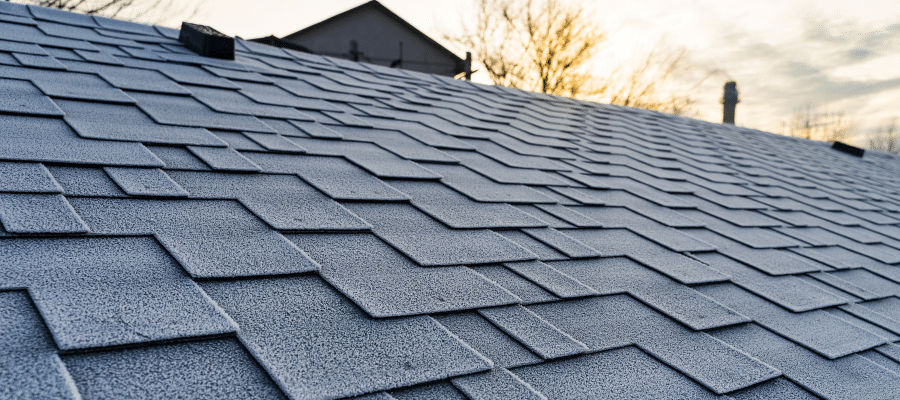Step-by-Step Guide: Surviving Texas Hailstorms
We are officially in the middle of hail season in Austin, Texas. As anyone from this area can tell you, severe weather can be a threat nearly year-round, but the peak of hail season typically runs from March through August. Between 2017 and 2019, Texas had, on average, 195 severe hailstorm days. What can you do as a homeowner in the Austin area to protect your property? We have compiled a homeowner’s guide below on what to do after a hailstorm.
Inspect Your Property After A Storm
After a hailstorm has passed, the first step you should take is to inspect your property for damage. From the ground, look for any cracked, broken, or dislodged roofing shingles that may have fallen, and check for any indentations on other housing components that could indicate damage below the shingles. Ensure that your gutters are intact, that there isn’t any damage to your home’s siding, and that trees near your roof haven’t been damaged. Remove any dangerous debris around your home, and check for leaks in the interior.
We do not recommend climbing on your roof to do your inspection, as this should be left to professionals. This is dangerous for you and your roof, and hail can make surfaces more slippery than usual. Remain on the ground and use binoculars if needed to examine your roof from all sides.
Document Any Property Damage
Write down the exact date and time of the hailstorm, and bring your phone or camera when you do your preliminary home inspection. Document any damages to your property and any hail if it remains. This will be helpful information for your insurance company and help you track what must be repaired.
Make Temporary Hailstorm Damage Fixes
If you have broken windows, leaks into your home, or holes in your roof, cover these areas with a tarp to protect the rest of your property until long-term repairs can be made.
Texas Roof Inspections
Now it’s time to call a professional roofing company you trust to thoroughly assess your roofing system to check for damage you couldn’t see in your preliminary walkaround of the property. They will be able to identify any problems early and recommend repairs immediately before the damage worsens. Once a professional thoroughly assesses the damage, you can contact your insurance company and coordinate with the roofing contractor on a project timeline to repair the damage as soon as possible.
Schedule Routine Roof Maintenance in Austin, Texas
Once your roof has been repaired, you can prevent future storm damage and help your roof last as long as possible by scheduling routine inspections and maintenance, typically annually. Your roofing contractor will be able to spot minor problems before a hailstorm occurs, minimizing the chance that minor damage will turn into more extensive, costly repairs. They will also keep your gutters functioning smoothly, remove moisture-retaining debris that can cause mold, and recommend trimming nearby trees that could damage your property.
At WorleyByrd Roofing & Restoration, we have the experience and thorough training to inspect roofing systems exposed to weather-related damage. We highly recommend that homeowners have an expert inspect and document the structural integrity after a weather-related event with high winds or hail. Contact us today to learn more about our roof inspection process and routine maintenance program.

